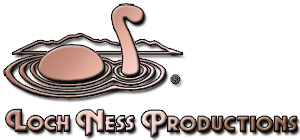The Discovery of the Universe
A History of Astronomy and Observatories
Like time machines, observatories reveal distant objects as they once existed, almost too far away to imagine. They are our portals to the universe, to let us understand how it began and how it works.
This book charts the progress of astronomy through the observatories used throughout history, from the earliest such as Stonehenge to places like Birr Castle with its Leviathan telescope used by Herschel, places where the secrets of the universe were first unlocked by science. Carolyn Collins Petersen then describes instruments now in use around the planet. These technological marvels range from the Mauna Kea Observatories in Hawaii to the South Pole Telescope in Antarctica that hunts for the faint emission of the cosmic microwave background. In addition, astronomers today use an array of orbiting observatories — the most famous being Hubble of course — and launching in the near future will be the James Webb Space Telescope. Ground-based observatories can now attain "near-Hubble" standards of accuracy, despite peering into space through our atmosphere.
Astronomers can now routinely look across the cosmos at objects that existed at nearly the beginning of time. They have studied distant Earth-type planets, delved into stellar birthplaces, examined the minutiae of stellar explosions and galaxy collisions, and searched out the signatures of chemical elements that form the basis of the planets and ourselves. The Discovery of the Universe looks at the amazing science that has been done using the world's suite of observatories. It presents examples of astronomical discoveries made across the widest spectrum as observatories extend humanity's vision across the depths of space and time.
Hardcover: 304 pages
Publisher: Amberley Publishing (November 15, 2019)
ISBN-13: 978-1445684130


